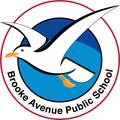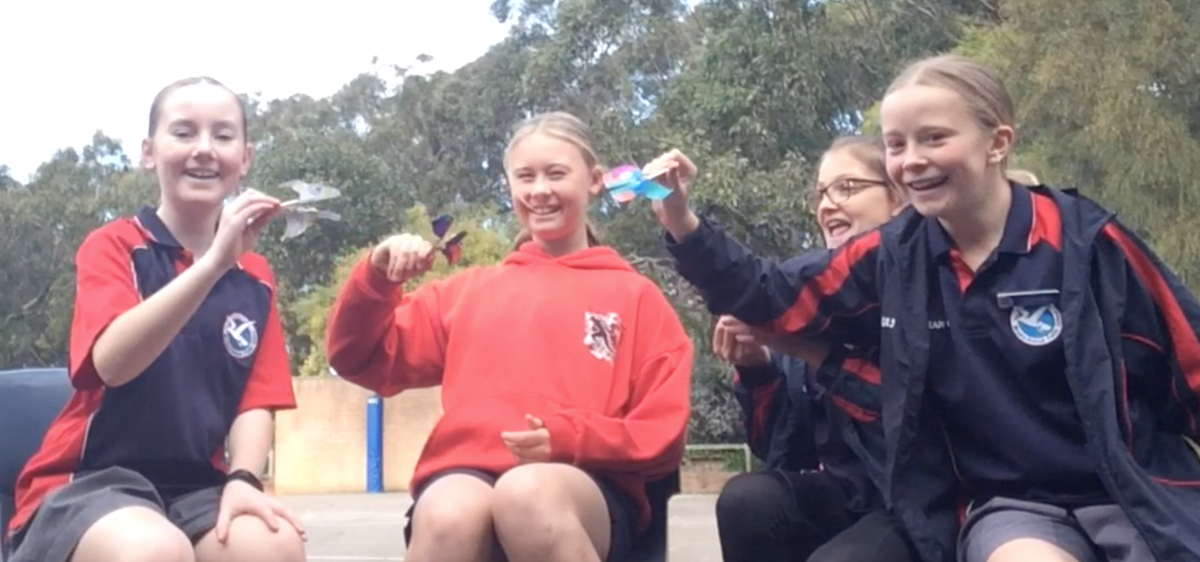Stage 3 News

6S Reading Rotations
Reading Rotations are a part of 6S’s English activities. Reading rotations are a way of making english interesting. In reading rotations there are 5 groups and 6 activities. The first activity is either writing or reading. In this activity you get a chance to improve your writing and reading skills with your group. The second activity is spelling activities. In spelling activities you get to search up the meaning of your spelling words and incorporate these words into sentences. The 3rd rotation is the reading box. In the reading box you get to work on your comprehension answering questions to suit your level of literacy. The 4th activity may vary from time to time. At the moment we are playing Uno as a group. The 5th activity is seesaw where you write and answer questions about the set video to watch. The last activity is called interviews. In this rotation you sit down with your teacher and discuss what has been done in class.
Liam
Dinosaurs
Dinosaurs are very interesting creatures. We’re really enjoy learning about them. In 6S we are researching about when they lived and found out they were alive in the Mesozoic era. There were 3 stages, the Triassic period, the Jurassic period and the cretaceous period. We had to put this information in a table and send it by email to my Stephen when we were finished.
Monica and Krystal
Dance
This term we have been doing the heel and toe dance but with a twist. The twist is that we have to choreograph our own dance steps to a section of the dance. Firstly we start off by doing the heel and toe and then we go into our choreographed section. We then repeat that process and end up with an easy but cool looking dance.
Isabella.M, Elly, Taylah.B and Aysha.
Dinosaur Videos
This term 6S have been learning to write procedures. We are writing one on ‘How to make a Dinosaur Peg’. This is an art activity designed for K-2. After we finish writing the procedure, students were divided into groups and were required to made a video of the procedure. Each group will have an opportunity to show their videos to a K-2 class and then help each student make one for themselves.



